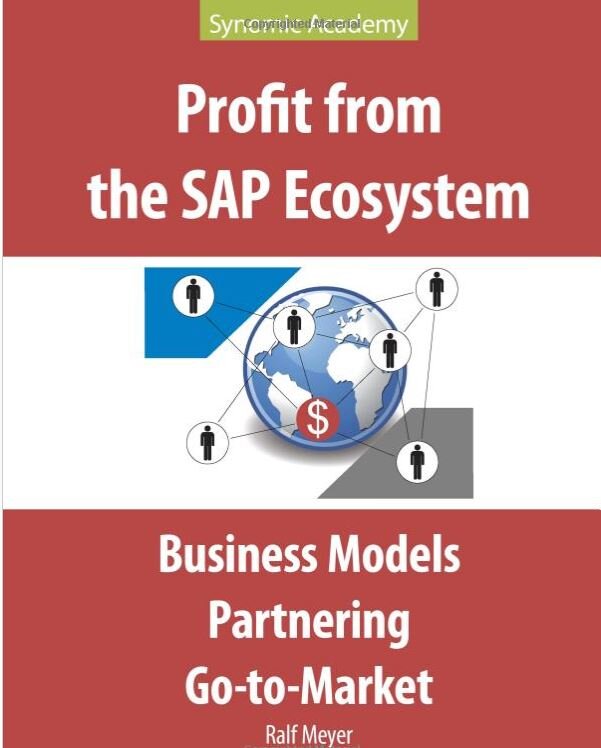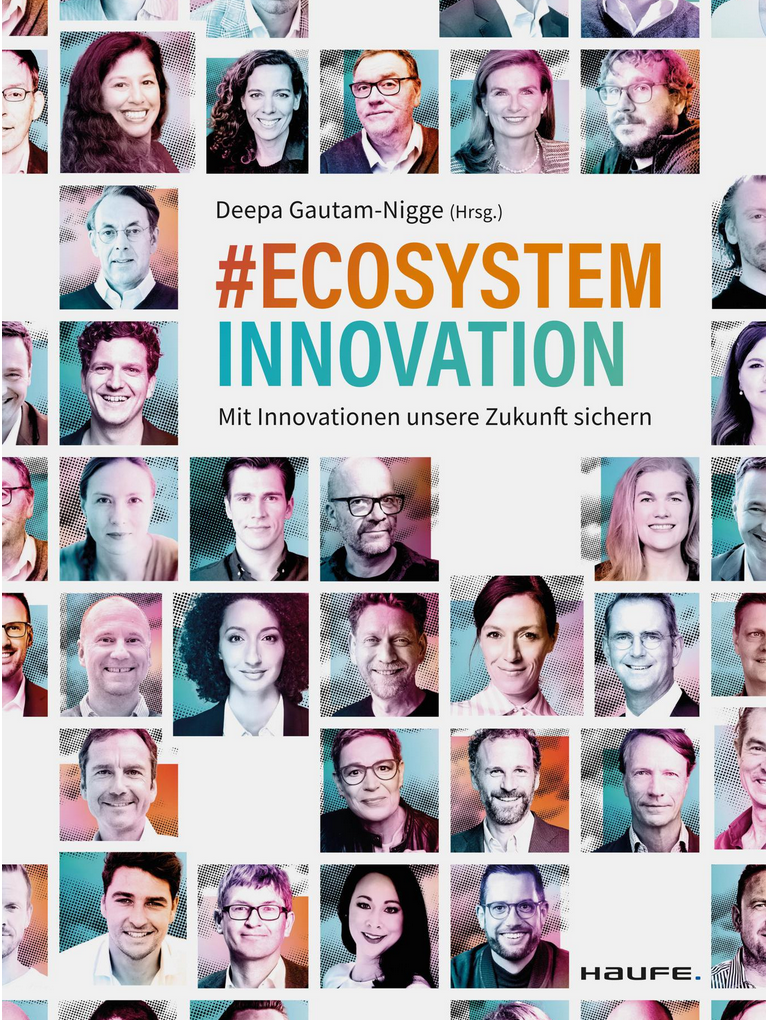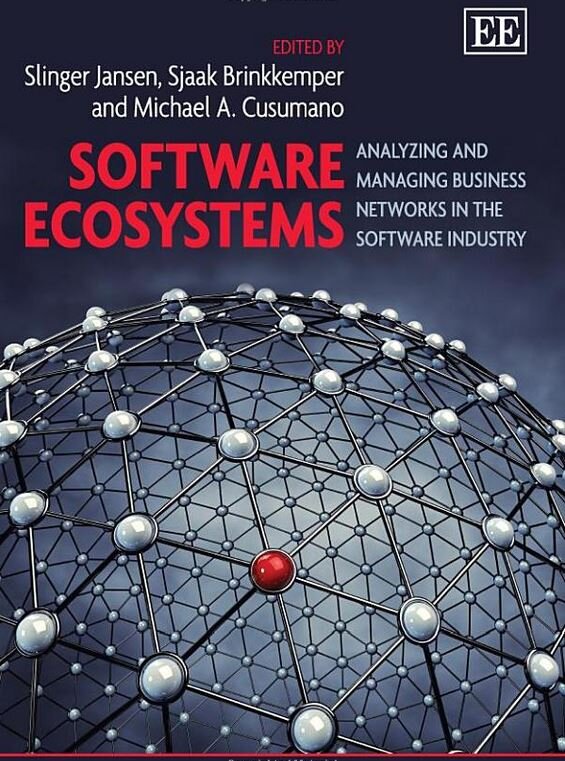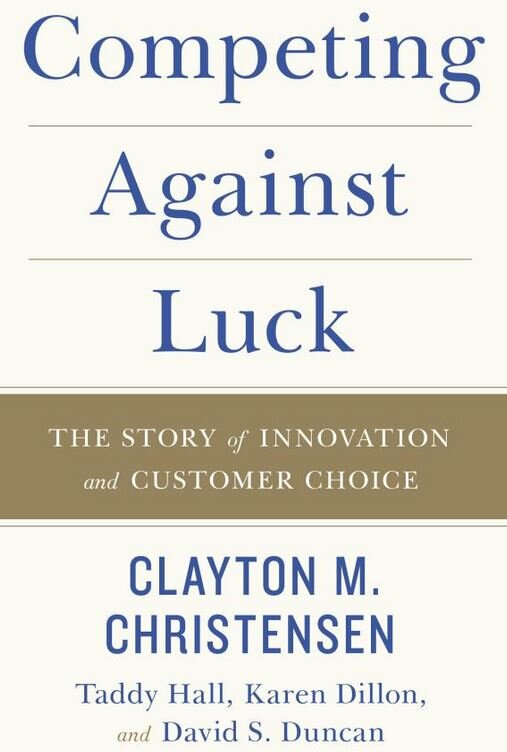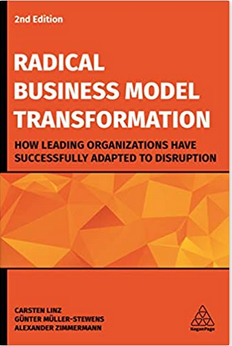
NEWS
Google business models and revenue sources #ewseco
Google functions under diverse business models and revenue streams. Presented here are five illustrations:
1. The primary source of revenue for Google is the advertising displayed on its search engine and various platforms such as YouTube. In 2020, Google's advertising revenue reached approximately $147 billion, making a substantial contribution to its profits.
2. Cloud Services: Google Cloud provides cloud computing services to enterprises, generating revenue through subscription-based frameworks. The revenue from Google Cloud in 2020 was about $13 billion, displaying an increasing impact on profits.
3. Sales of Hardware: Google markets hardware items like Pixel smartphones, Nest smart home gadgets, and Chromecast. The revenue from hardware sales in 2020 was about $10 billion, with profit margins varying among product categories.
4. Play Store: Google gains revenue from the Play Store by receiving a share of app sales and in-app transactions. The revenue from the Play Store in 2020 was estimated at $10 billion, with substantial profit margins attributed to the digital essence of the platform.
5. Licensing and Other Services: Google also derives revenue through licensing contracts, collaborations, and other services such as Google Workspace (previously known as G Suite). These services collectively contribute to Google's overall revenue and profits.
Like the topic? Participate in our workshop tickets here
More details and background information can be found in these books:
The top 5 global companies with aggregator business models
The European Workshop on Software Ecosystems is an annual event which connects top notch researchers and business professionals in the field of software and platform ecosystems as well as business networks. Here is an example of a topic we will discuss at the event.
The top 5 global companies with aggregator business models, revenue, and growth rate in the last 5 years are:
1. Amazon - Revenue: $386 billion (2020), Growth Rate: 21% (2020-2024).
2. Uber - Revenue: $14.1 billion (2020), Growth Rate: 25% (2020-2024).
3. Airbnb - Revenue: $3.4 billion (2020), Growth Rate: 30% (2020-2024).
4. Booking.com - Revenue: $15.1 billion (2020), Growth Rate: 18% (2020-2024).
5. Expedia - Revenue: $11.7 billion (2020), Growth Rate: 15% (2020-2024).
Like the topic? Participate in our workshop tickets here
More details and background information can be found in these books:
How can you foster innovation in software ecosystems: six examples
Innovation lies at the core of every thriving software ecosystem. Presented here are six instances of how one can cultivate innovation within software ecosystems:
1. Cultivate a Collaborative Atmosphere: Establish venues for transparent communication and exchange of ideas among software development groups. Collaboration stimulates ingenuity and results in inventive resolutions.
2. Allocate Resources to Research and Development: Conduct research and development initiatives to investigate novel technologies, methodologies, and trends. This allocation has the potential to generate revolutionary innovations.
3. Embrace Agile Approaches: Embrace agile methodologies to facilitate rapid iterations, flexibility, and ongoing enhancement. Agile methodologies foster innovation by empowering teams to adapt to changes and deliver top-notch software.
4. Encourage a Learning Culture: Promote continual learning and enhancement of skills among team members. By keeping abreast of the latest industry trends, individuals can introduce fresh perspectives and innovative concepts.
5. Support Hackathons and Innovation Competitions: Coordinate events that challenge developers to brainstorm and devise innovative solutions within a defined timeframe. Hackathons stimulate creativity and frequently lead to pioneering software ideas.
6. Cultivate an Entrepreneurial Mindset: Motivate developers to adopt an entrepreneurial approach and take responsibility for their projects. This mindset fosters a sense of ownership and determination to innovate.
Through the implementation of these strategies, software ecosystems have the potential to establish an environment that fosters creativity, experimentation, and advancement, ultimately leading to groundbreaking innovations.
Like the topic? Participate in our workshop tickets here
More details and background information can be found in these books:


